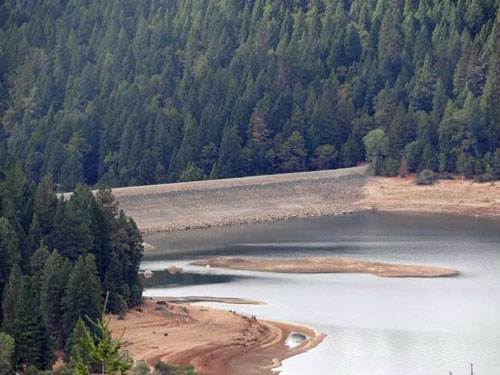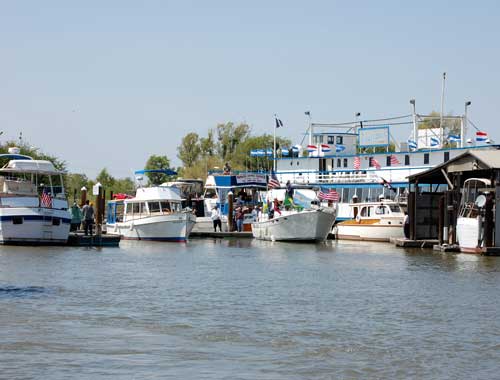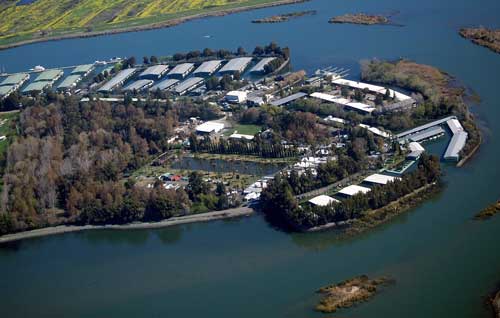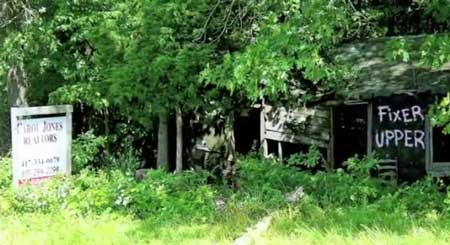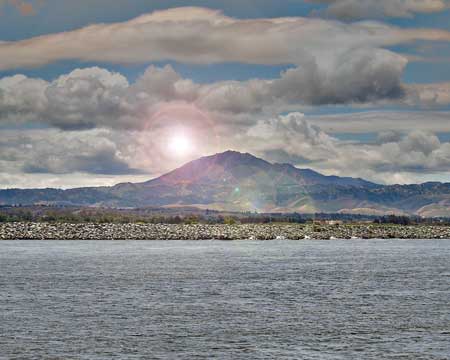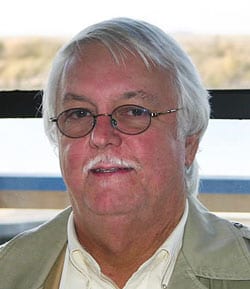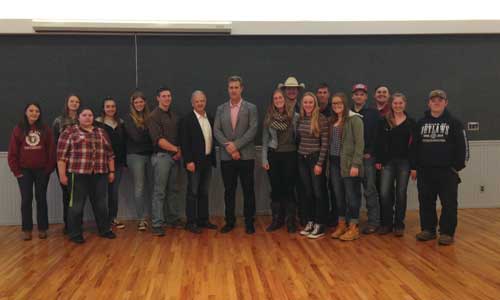
John Paye, former NFL player for the San Francisco 49ers and Super Bowl champion,
shares life-experiences and successes with local youth
“Be passionate about what you are doing, put in the extra work, and be consistent.” This is the message of success that John Paye, a former NFL player for the 49ers and Super Bowl champion, shared with local youth on Thursday evening.
Paye addressed FFA and 4H students from Bear River, Nevada Union and Placer high schools, as part of the Nevada County Fairgrounds Foundation’s Speaker Series, which brings business education – through access to business leaders, life experiences, and leadership tips – to high school students. Paye served as the fifth speaker in the series.
During high school, Paye was voted USA Today’s High School Football Player of the Year. He found a home at Stanford, and was a four-year starter for the Cardinals. He was named All-Pac Ten and All-American while also playing as a starter on Stanford’s basketball team for three years. After his college career, Paye was acquired by the San Francisco 49ers, where he played for three seasons serving as backup to Joe Montana from 1987-1988. Paye was part of the 49ers offense during their 1988 Championship Season, ultimately going on to win Super Bowl XIX.
Paye shared with students his experience in sports, including playing baseball with Barry Bonds, basketball with Michael Jordan, and football with Joe Montana and Jerry Rice. He also shared his childhood memories of the Nevada County Fair, which he continues to visit each year.
Beyond the field for the past 15 years, Paye has worked throughout the west coast educating youth on the importance self-empowerment, saying no to drugs and alcohol, and staying in school. He reminded the students the importance of staying focused. “Stay on task and don’t get distracted. Staying focus will help you succeed.”
The Fairgrounds Foundation’s speaker series continues through May. Students have an opportunity to hear about the speaker’s career path, how they achieved their goals, insight regarding their area of expertise, and an opportunity for questions. The final speaker in this series will be Tom Browning, retired Fire Battalion Chief and current Fairgrounds Board member. The series is sponsored by Sandy Ballou of California Outdoor Properties.
About the Nevada County Fairgrounds Foundation: The Nevada County Fairgrounds Foundation’s mission is to support and improve the community’s Fairgrounds, and to support youth in agriculture. For more information about the Fairgrounds Foundation, or to become a member, visit NevadaCountyFair.com/foundation/.
Help keep this blog going
Contact John O’Dell Real Estate broker
For all your real estate needs
Error: Contact form not found.
